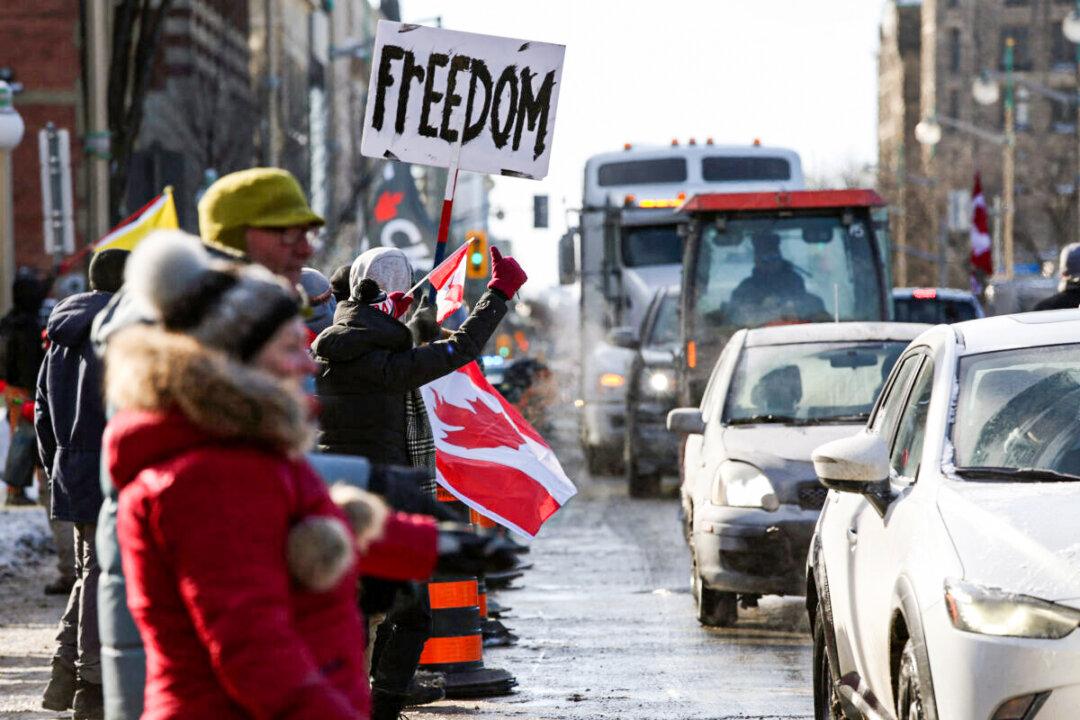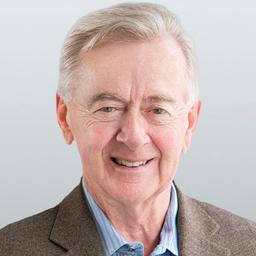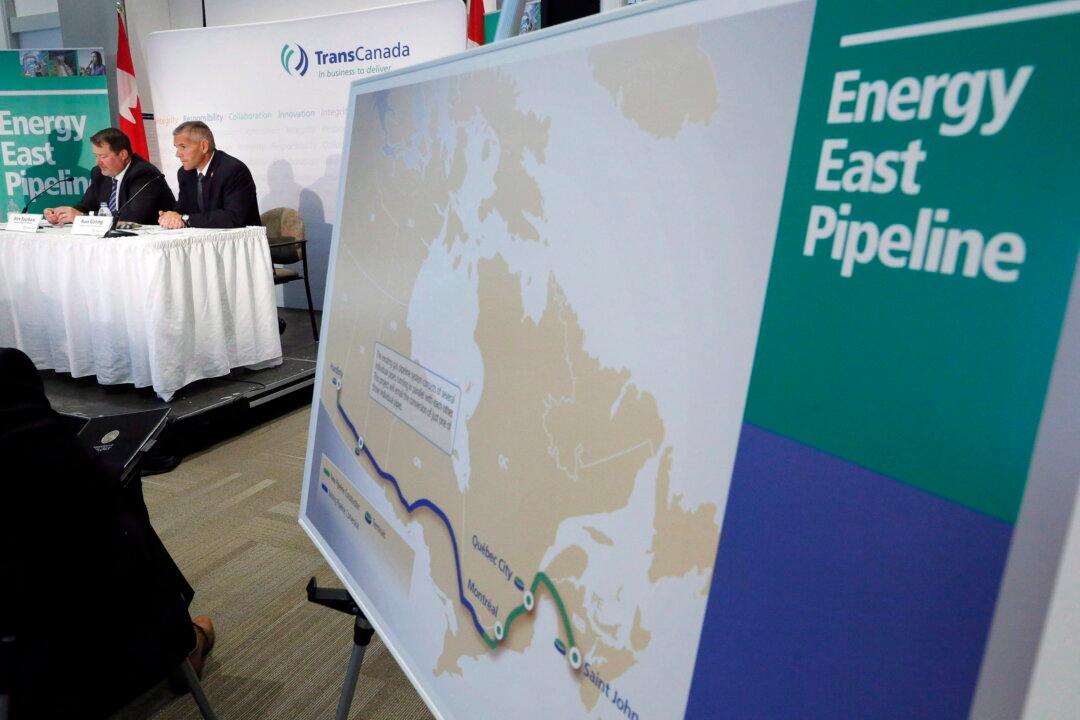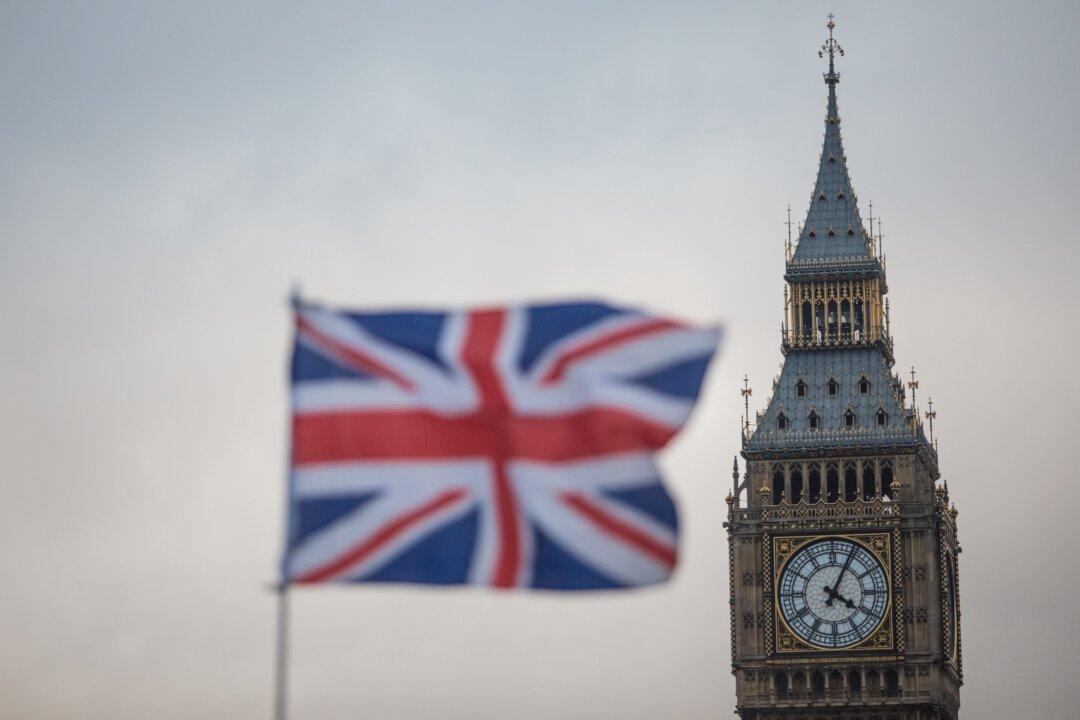The following is an excerpt from “Report of the COVID Commission,” a fictional, futuristic description of relevant political developments in a post-COVID Canada, published by the Frontier Centre for Public Policy.
The public unrest which led to the establishment of what came to be known as the COVID Commission began prior to 2022. But it did not become a formidable political force until late in the spring of 2022 when it triggered the creation of the Commission.





